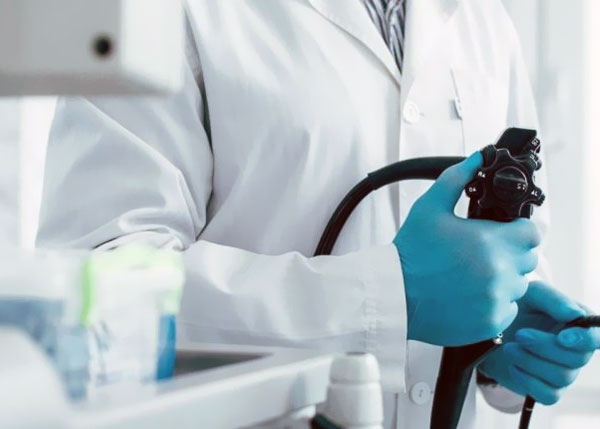Rectosigmoidoscopy

A rectosigmoidoscopy is a procedure that uses a thin, curved instrument with a light source and camera to examine the rectum and the last 30 to 40 centimeters of the large intestine, called the sigmoid colon.
This test may be needed for follow-up in patients with unexplained rectal bleeding, especially if they are young, in patients with suspected rectal fistulas, and in patients who have previously had polyps removed from the rectum and sigmoid colon.
HOW TO PREPARE FOR RECTOSIGMOIDOSCOPY?
If your doctor has other recommendations, please follow his/her advice. Before this procedure, you will have an enema to clean the last part of the intestine (the cleaning agent is administered into the rectum). In order for the medicine to work, it must stay in the body for 20-30 minutes. To do this, you will have to lie down in the doctor's office for 30 minutes. At the end of the procedure, you will be examined. In some cases, you may need antibiotics.
WHAT DOES IT FEEL LIKE DURING THE PROCEDURE?
This procedure does not usually require any sedation or anesthetic since it will be completed in a very short span of time (less than 10 minutes). After the prostate exam, the doctor will proceed the exam by advancing the endoscopic instrument from the anus to the last point to be examined (30-40 cm). During the examination, a sample of the intestinal mucosa is taken, and if polyps are found, a full colonoscopy may be necessary. Before the test, a small amount of air is passed through the scope to take a good view of the adjacent intestinal wall (this will not make you uncomfortable).
WHAT HAPPENS AFTER THE PROCEDURE?
You do not need to take additional measures after the procedure unless your doctor advises you otherwise.
WHAT ARE THE BENEFITS OF THIS PROCEDURE?
This procedure is crucial for diagnosing the problems in your gastrointestinal system. Generally, colon cancer and polyps grow in the last part of the intestine. This examination will be very easy and simple for you.
WHAT ARE THE RISKS OF A SIGMOIDOSCOPY?
A perforation (hole), bleeding or infection in the colon may very rarely occur after sigmoidoscopy, especially if it is performed by an inexperienced person.
